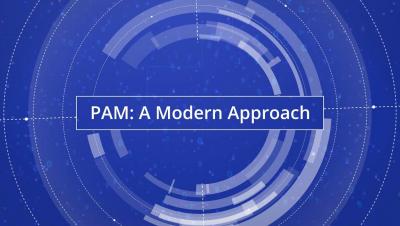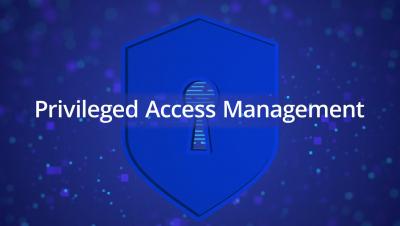Security | Threat Detection | Cyberattacks | DevSecOps | Compliance
October 2021
How to Comply with GDPR: Key 10 Steps
The General Data Protection Regulation (GDPR) is designed to protect the personal data of EU residents by regulating how that information is collected, stored, processed and destroyed. The data security and privacy law applies to all organizations that collect the personal data of European Union citizens, regardless of location. The penalties for noncompliance with GDPR requirements are stiff. Many organizations are struggling with how to comply with GDPR.
[Infographics] Cybercrime In Numbers: How To Protect Your Organization
Cybersecurity attacks are increasing at an alarming rate every day. According to the Statista Cybercrime Incidents Report, over 29,000 cases were recorded in 2020 and the target nowadays are small firms as well as large businesses although in the past hackers were not interested by “small fish”.
Privileged Access Management (PAM) with Netwrix Solution
Top 5 Things People Hate About PAM
Privileged access management (PAM) solutions have been around in various forms for decades now. Whether you want a password vault, session management, reduced privilege or a combination of privileged management workflows, there’s been no shortage of vendors to choose from. So why does the thought of PAM still make admins shudder? Surely, it should be enjoyable to have a PAM solution humming along, reducing your organization’s risk while you, the admin, focus on your other duties.
User Entitlement Review Explained
The entitlement review definition is simple: a review of user access permissions and other rights. The goal of a user entitlement review is to ensure that each user in the IT environment has access to the data they need to do their job and nothing more — the principle of least privilege. A structured and regular entitlement review process helps mitigate security risks and protect sensitive data.
Choosing the Right Privileged Access Management (PAM) Solution
Are you in the process of evaluating privileged access management solutions? Read on to learn what you should focus on to choose the right PAM solution to protect your organization’s data.




